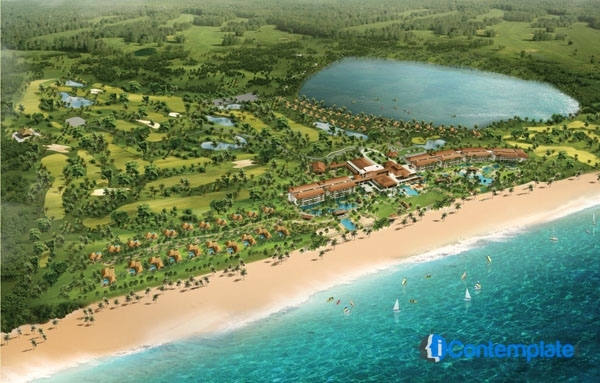<div align="justify">
Hambantota district is situated in the Southern Province, on the south-eastern coast of Sri Lanka. The district is bordered by hills such as Koppakanda, Panilkanda, Bissogala, Gongala and Kabaragala which extend from Buluthota range foothills. Hambantota is privileged to have rare geographical features that are unique in Sri Lanka such as hot-water springs in Sooriyawewa division and sea-fed (Blow-Hole) in Tangalle division. Some of the must visit places in Hambantota include:</p>
<h2>Yala (Ruhuna) National Park:</h2>
<p>The park has the most variety of wildlife in Sri Lanka. Due to its changeable habitats consisting of fresh water lakes, scrub plains, rivers and beaches, dunes, jungles and rocky outcrops, it provides home to several species of animals such as monkeys, herds of elephant, sambar, sloth bear, crocodile, buffalo, deer and Pantheraparduskotiya (sub-species of endangered leopard) only found in Sri Lanka. The park’s Block 1 has the highest population of leopards in the planet.<br />
The park also has over 230 varieties of birds (resident, endemic and migrant species). Endemics include Sri Lanka’s &#8211; Green Pigeon, Gray Hornbill, Jungle Fowl, Wood Shrike, Brown-capped Babbler and Redd-faced Malkoha. Migrants include Curlew Sandpiper, Sand Plover, Pintail Snip, Common Red &; Greenshank, Marsh and many more. Residents include the rare Black-necked Stork, Malabar-pied Hornbill, Eurasian Think-knee etc.<br />
The best time to view big game including Sloth Bear and Leopards is between May and September. It is also a hotspot for bird-watching (October to April) during the winters because it becomes home to various migratory birds. A few months of the year, Leopard Cubs can be observed.</p>
<h2>Mahapelessa Hot Water Spring:</h2>
<p>It is one of three hot water springs found in Sri Lanka that formed naturally. It is situated on the southern part of the Island. The hot spring was discovered during the construction of the Udawalawe multi-purpose project in the mid-20th century. Currently, tanks have been constructed to slowly cool down the steaming water.<br />
Some ancient rock hermitages known as the Karambagala and Madunagala are found in the Mahapelesa hot water springs. Tourists and Wildlife devotees have also observed elephants in the area.<br />
A popular belief suggests that, the spring can cure a number of ailments by simply having a bath in it. Hence, it has become a tourist hot spot drawing people from all over, both locally and internationally.<br />
 ;</p>
<h2>Hambantota (Mirijjawila) Botanical Gardens</h2>
<p>It is the largest botanical garden in the dry region of Sri Lanka. It conserves the bio diversity and massive green patch (dry and arid zone flora) in the area. Moreover, the gardens are a training and educational centre for flora and Botany. The gardens have over 200 dry zone species of plants in its collection.<br />
The dry zone has the largest number of medicinal plants that are used in Sri Lanka currently. It also features commercial cultivation trees and ornamental cultivation trees.</p>
<h2>Bundala National Park</h2>
<p>The park is much quieter than Yala National Park. It is one of the leading destinations for birdwatchers in Sri Lanka, protecting the coastal wetland renowned for its rich aquatic birdlife, in addition to being home to several populations of crocodiles, turtles, elephants, grey langur monkeys, wild pigs, mongooses, black-naped hares and other fauna.<br />
The lagoons in the park attract an amazing range of aquatic birds that include painted storks, spoonbills, ibis, pelicans, egrets and large flocks of flamingoes which can be seen throughout the year in variable numbers.<br />
Migratory birds arrive in the park between September and March which is a good time to visit. Go online, apply for your Sri Lankan ETA Visa and explore Hambantota, southeastern Sri Lanka.
</p></div>

4 Must Visit Places In Hambantota, Sri Lanka
